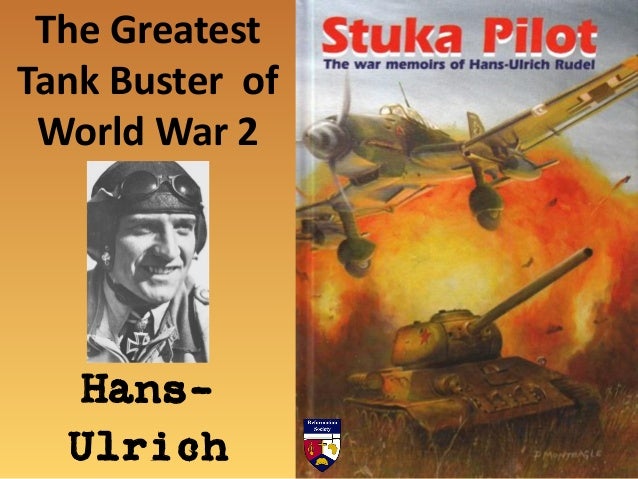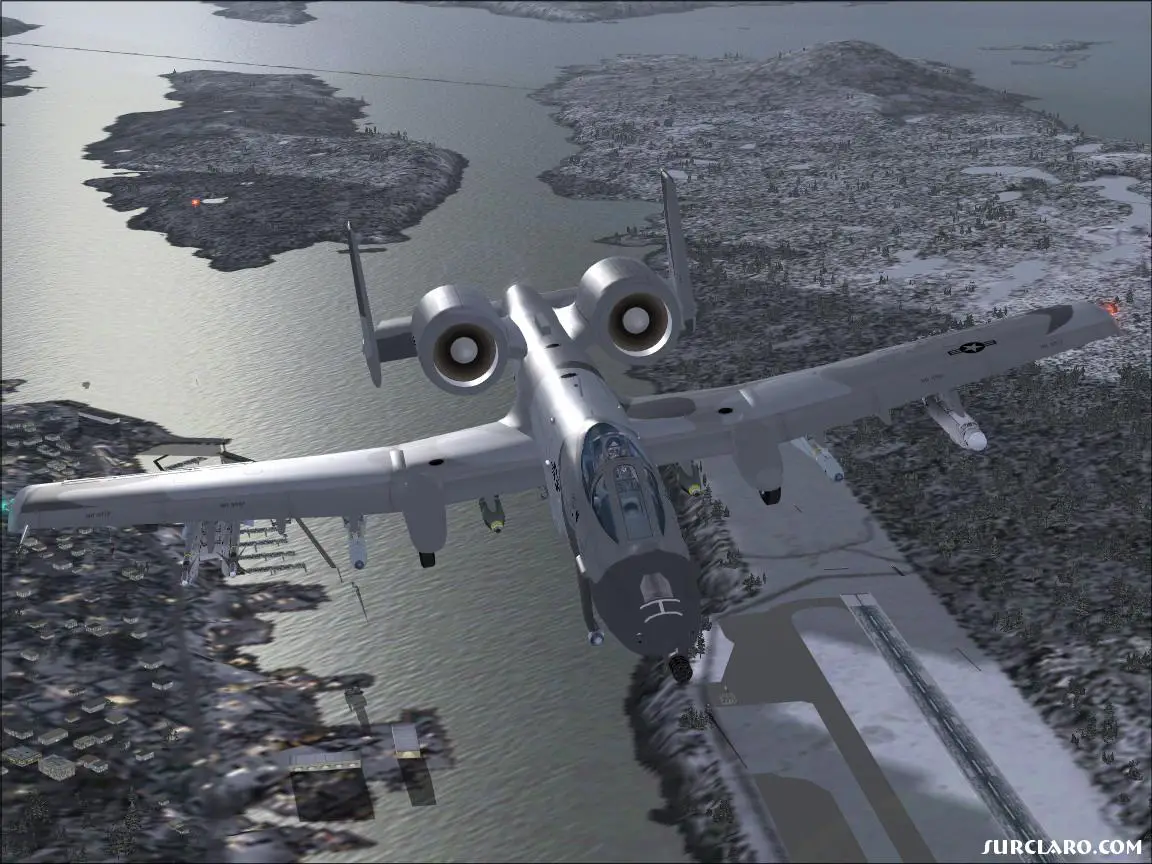

The recon company also had an engineer platoon to deal with obstacles and to lay mines. Fifty-three battalions of 842 men each initially mobilized, with plans to grow the force to 220 battalions.Įach battalion had 36 tank-destroyers divided into three companies, as well as a reconnaissance company of jeeps and armored scout cars to help ferret out the disposition of enemy armor so that the battalions could move into position. A tank-destroyer center began training units at Fort Hood, Texas. Leslie McNair, tank-destroyers became their own branch in the army, just like armor and artillery already were. With the support of the Army’s chief of training and doctrine Lt. Tanks could only take out anti-tank units by overrunning them, rather than with direct fire.

Tank-destroyers performed extremely well against tanks - perhaps because, as the armor branch alleged, the “umpire rules” were unfairly tilted in their favor. The Army tested the concept out in war games at Louisiana in September 1941. The new armor branch wanted to focus on the same kind of bold armored attacks the Germans were famous for. The Army didn’t intend for its own tanks to specialize in defending against enemy panzers. When the German armor inevitably broke through the infantry, the battalions would deploy en masse to ambush the advancing tank columns. Instead, self-propelled anti-tank battalions would wait behind friendly lines. Towed anti-tank guns took too long to deploy on the move and it was difficult to guess where the enemy would concentrate for an attack. In 1941, the Army concluded that it needed mobile anti-tank units to intercept and defeat German armored spearheads.

Panzer divisions would concentrate more than a hundred tanks on a narrow front, overwhelming the local anti-tank weapons of defending troops and rolling deep into enemy lines. It was succesfully tested on the Ki-48 light bomber, and production of the missle had started, but the anticipated invasion of the japanese mainland never happened so the missle never was used.The tank-destroyer force was the Army’s response to the wild successes of German armor in Poland and France in 19. The Ki-102 was held back from frontline service except for a few exceptions, because they planned to fit it with the Igo-1-B radio-guided air-to-ground missle, which carried a HEAT charge. However, there is ONE project that is definitely done by the japanese in an effort to take out tanks with airplanes, it didnt exactly bear fruit though because it came too late. The Ki-102s 57mm Ho-401 cannon has a low muzzle velocity, more of an automatic howitzer, worthless against tanks. The Ho-204 on the Ki-45 hei also has the same muzzle velocity while being fully automatic (the type 94 had to be reloaded manually, even in the aircraft version). Closest the japanese fitted to the Ki-45 was the 37mm Type 94, which WAS an AT gun, but its performance was abysmal and it was entirely useless against shermans. You need a gun that has a high muzzle velocity and have it fire AP shells, germans often used modified AT guns with autoloaders, the japanese didnt.

you cant just use any big gun and put it on a plane and think its gonna take out tanks. But fitting specialised sights should be at least considered, since planes are fast moving and also not as big as ships.Īnti tank use however is where it gets tricky. Unlike anti-shipping aircraft, a higher rate of fire is a definite plus, while its not completely necessary. You only need a good HE load per shell that can do enough damage to a B-17 to take it out. Specialised sights are a possibility, but considering the size of the target its hardly necessary.įor anti-bomber use the requirements to the gun are pretty close to anti shipping. Since you will be firing mostly HE anyway (excluding 20mm) low velocity guns work just as well, and thats what the japanese ended up putting into the Ki-45 and Ki-102 heavy fighters. The japs did mount large caliber guns on planes, but being a nation with more emphasis on naval warfare than tanks, most of these large caliber aircraft cannons were used against ships instead, and later against heavy bombers such as the B-17.Įven though at first the requirements for a anti-shipping, anti-bomber and anti-tank aircraft seem similar, there are still some differences.įor anti shipping you can use pretty much any type of gun, even 20mm can work just fine, 37mm and upwards works better if you have a proper gun for that.


 0 kommentar(er)
0 kommentar(er)
